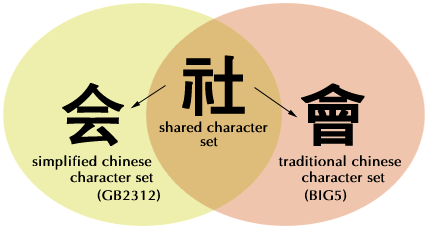

Verified by Visa
CNN Financial News
Melbourne IT
Rotary Club
Salvation Army
Domain Manager
Retrieve Password
Check a Domain
Renewals
Multiple Domain Search
Our Prices
Price Comparison Chart
Volume Discount
Why Switch Hosting
Add Webspace
More POP Accounts
Our Prices
Dedicated Hosting
DH Prices
Why Registrar Transfer
Bulk Transfer
Our Prices
Volume Discount
Webspace
Email Services
Domain Masking
MX Records
Canonical Names
United States
China and Taiwan
Europe
About ML.com Names
Western European
Central European
Greek and Coptic
Turkish
Simplified Chinese
Chinese Traditional
Korean
Japanese
Redelegation
SSL (secure) Web Hosting
Email Contacts
Service Agreement
About DNS
Transfers in Action
No Spam Policy
How to Choose
History of the Domain
Dispute Policy
Glossary
Privacy Policy
Main Page
Escrow Service
Our Low-price Strategy
Corporate Web site
Get Help
|
IDN chinese character variants
Due to the complexity of many Chinese characters, a simplified version has been developed to simplify the most complex characters. This version of Chinese, Simplified Chinese, is used mainly in Mainland China. The other version, Traditional Chinese, is used mainly in Taiwan, Hong Kong and other Southeast Asian countries. These two versions of Chinese share many characters. Other characters specific to Simplified Chinese or Traditional Chinese scripts may represent the same meaning. These characters have the same meaning and pronunciation but they do not look the same. These characters are called character variants and have the potential to cause confusion for end users when using Traditional and Simplified Chinese scripts to register domain names.
To some Chinese speakers, the two chinese characters circled in red above are equivalent - they have the same meaning. In the example IDNs above, some Chinese speakers may view these two IDNs as the same identifier. Therefore if these two IDNs were permitted to exist, there may be confusion for end-users. To draw an analogy from English, it would be as if
were considered unique registrations. To an English speaker, despite the different lettercase, the domain names are equivalent and have the same meaning. Solutions to chinese character variants
Last update: November 20, 2002.
|
|
Home
| Support
| Check
| Host
| Transfer
| Whois
| More Technology Services
|
![]()
